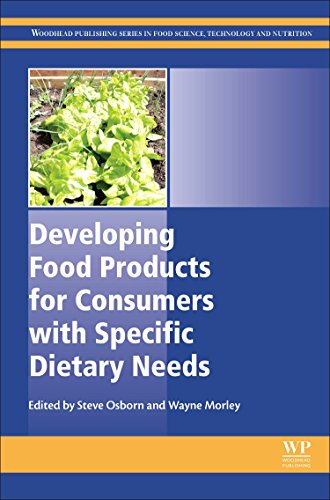

Most ebook files are in PDF format, so you can easily read them using various software such as Foxit Reader or directly on the Google Chrome browser.
Some ebook files are released by publishers in other formats such as .awz, .mobi, .epub, .fb2, etc. You may need to install specific software to read these formats on mobile/PC, such as Calibre.
Please read the tutorial at this link: https://ebookbell.com/faq
We offer FREE conversion to the popular formats you request; however, this may take some time. Therefore, right after payment, please email us, and we will try to provide the service as quickly as possible.
For some exceptional file formats or broken links (if any), please refrain from opening any disputes. Instead, email us first, and we will try to assist within a maximum of 6 hours.
EbookBell Team

5.0
70 reviewsDeveloping Food Products for Customers with Specific Dietary Needs explains the process for developing foods for customers who have specific dietary needs, further shining a light on the number of increasing medical conditions related to food intake that have emerged in the past few decades.
From increased fat and sugar intake leading to higher levels of obesity, to greater levels of coeliac disease, the ingredients and nutritional content of food is becoming more and more important. Additionally, consumers are following particular diets for many different reasons, be it health related, or for religious or moral reasons.
The first part of the book looks, in detail, at the organizational structure required within a company to allow for the development of food products which meet the needs of these customers, while the second part presents a number of case studies highlighting the development of food products for various dietary requirements.
Precise coverage includes section on the development of low-sodium, low-sugar, low-fat, and low-carbohydrate products with the aim of producing healthier foods, as well as the development of organic and vegetarian products for consumers who are following diets for personal reasons.
The potential solutions for developing foods for customers who have specific dietary needs are likely to include both ingredients and technology developments. The ingredients area includes simple reductions as well as replacement strategies, whilst technology will be applied to both the ingredient itself and the host food product. All are aimed at maintaining the product quality as perceived by the customer.